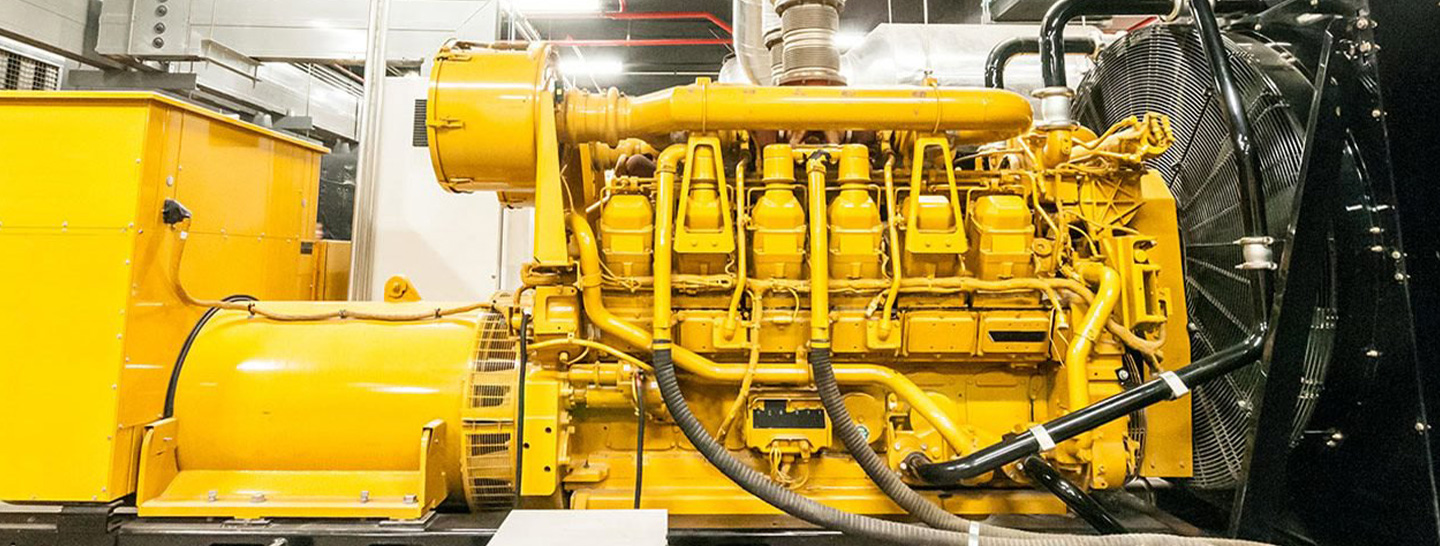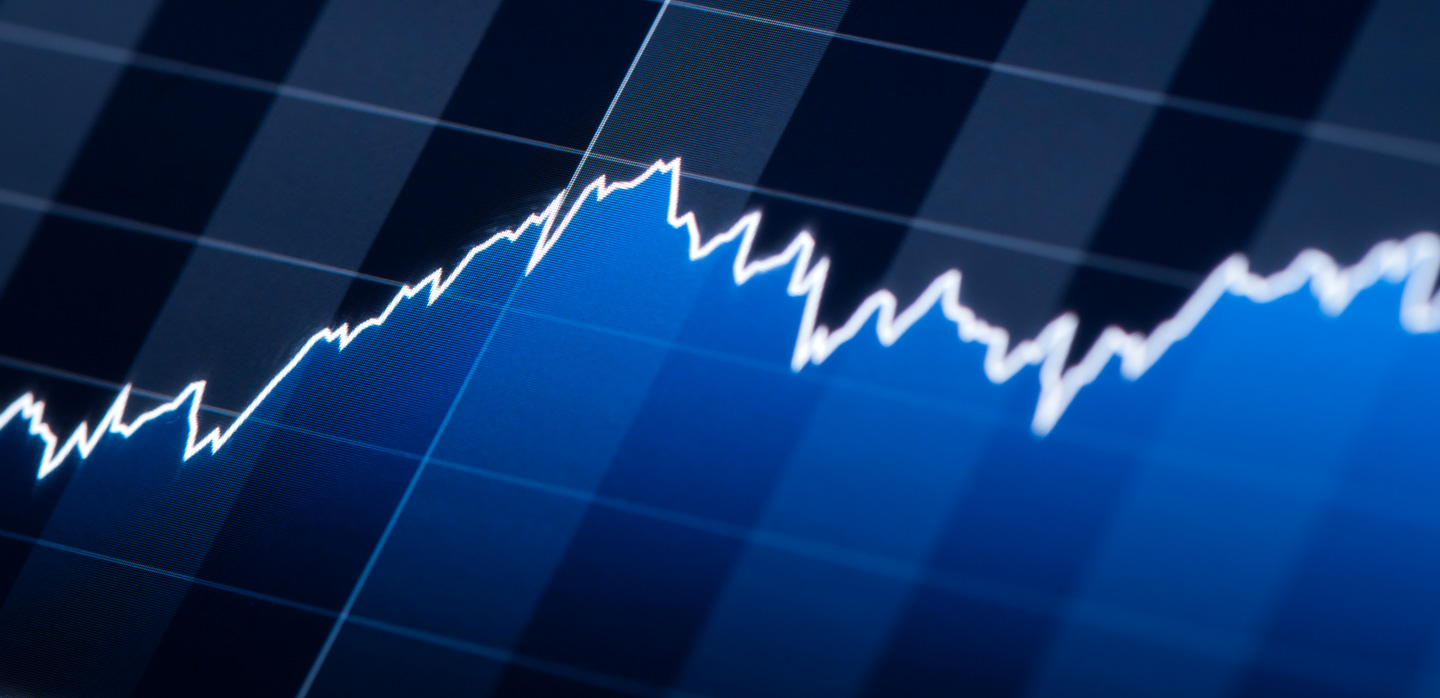In 2016, an EPA ruling came into effect that drastically impacted how companies could participate in demand response with their backup generators. Aimed at better regulating pollutants such as nitrogen oxide, carbon monoxide, and other particulates, the RICE NESHAP rule effectively requires backup generators enrolled in DR programs to “scrub” their emissions.
Emergency generators purchased prior to April 1, 2006, or engines larger than 225 kW or 300 hp, are likely to require an emissions upgrade. By installing a diesel oxidation catalyst, facilities can reduce emissions from a backup generator by as much as 70%. Additional upgrades, such as a catalytic converter, can reduce emissions even further and bring generators in line with more stringent state and local regulations, where applicable. Click here to learn more about what to expect during the upgrade process.
The requirements of this ruling have not changed since 2016, and there are steep penalties to non-compliance. Willful and negligent violations of the RICE NESHAP rule are federal offenses subject to large fines, shutdown and/or prison. The EPA can assess penalties up to $37,500 per violation per day. These fines are levied against the owner of the generator, so working with a reputable vendor is paramount in the upgrade process.
Enel X has upgraded hundreds of engines, and while many customers benefit from using a generator in DR programs, certain industries in particular prefer to enroll with generators. For example, 90% of hospitals in PJM use backup generators to participate in demand response, compared to 20% for food and beverage manufacturers, 19% for chemicals manufacturers, and 10% for all PJM customers.
Upgrading your backup generator often has significant upside, allowing you to increase your DR enrollment and earn more money. With a generator, more load can be shifted to backup generation than can be reduced by a curtailment strategy alone. One customer in Massachusetts, Signature Breads, increased their load reduction to 100% by upgrading and enrolling a backup generator. Previously, they were only able to reduce load by 25% when manually shutting down equipment and not using a generator.
If you’re considering demand response in PJM, New York, New England, or Texas, and have a backup generator, Enel X will work closely with your facility to assess your upgrade and enrollment options. Many businesses may even benefit from a multiple generator strategy, like one Texas hospital that upgraded seven engines to optimize participation in demand response programs.








